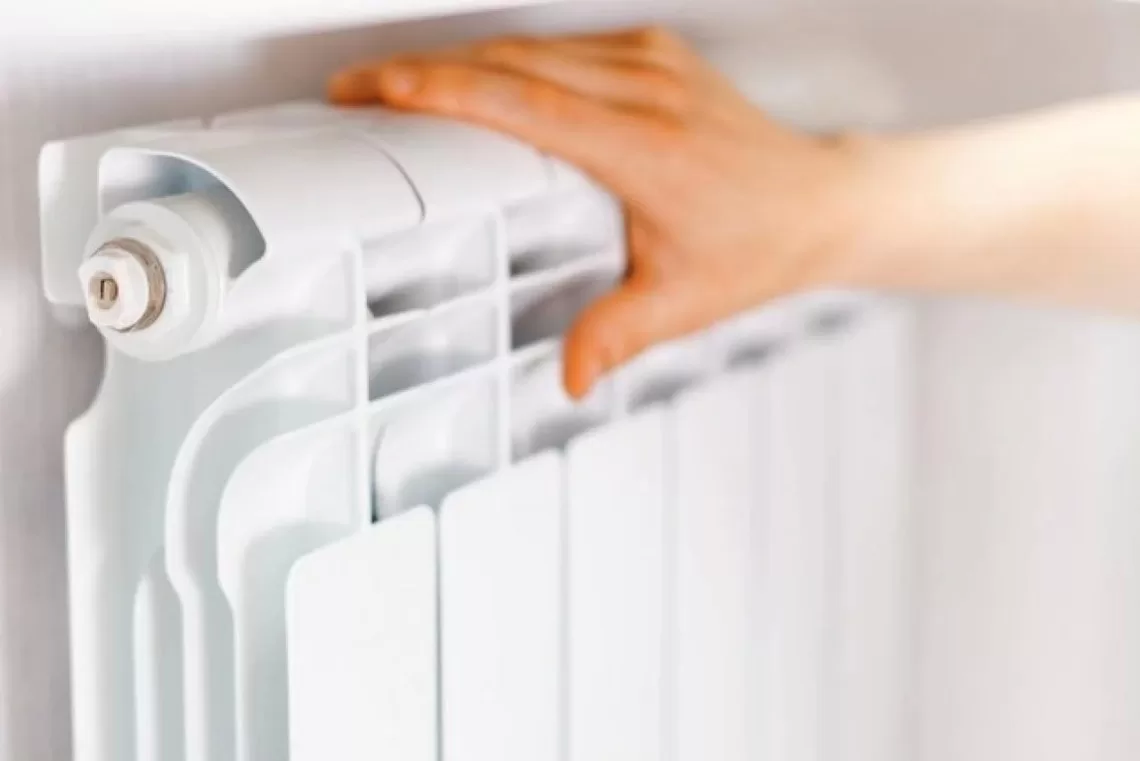District heating is a valuable resource for Ukrainian communities. Its preservation and development will help communities become energy-independent, reduce energy costs, create jobs, and move away from fossil fuels, which will significantly reduce greenhouse gas emissions.
Municipal district heating systems are important for the transition to low-carbon heating after the victory. DH will allow Ukrainian communities to use energy resources more efficiently and provide a stable and regulated heat supply.
Currently, district heating has a negative image among end consumers. The reason is the low quality of services caused by decades of tariff policy and lack of investment. Some cities are hesitant to maintain district heating in the future and are abandoning it. This is a dangerous precedent that will make it much more difficult to transition the city’s heating to clean technologies in the future.
What we do
– assisting in the creation of pilot projects in municipalities (RES, heat pumps, etc.) to introduce the latest technologies in district heating systems (we are looking for partners).
– developing new approaches to the work of district heating operators that will allow them to benefit from energy efficiency measures.
– helping municipalities develop feasibility studies for the use of heat pumps in district heating systems.
Results achieved
– 11 feasibility studies have been developed for the installation of heat pumps for four communities in Ukraine (Lutsk, Zvyagel, Khmelnytsky, Kostopil).
– model contracts/agreements have been developed that will allow district heating operators to expand the list of services for consumers, namely to make a profit not only from the sale of heat but also from the implementation of energy efficiency measures.
How to join this activity
– Follow the news and learn about opportunities for Ukrainian municipalities.
– Share information about successful examples and experience in implementing RES projects.
– Spread the word about our projects in your municipality.
LATEST NEWS
- How to preserve district heating was discussed in Zhytomyr
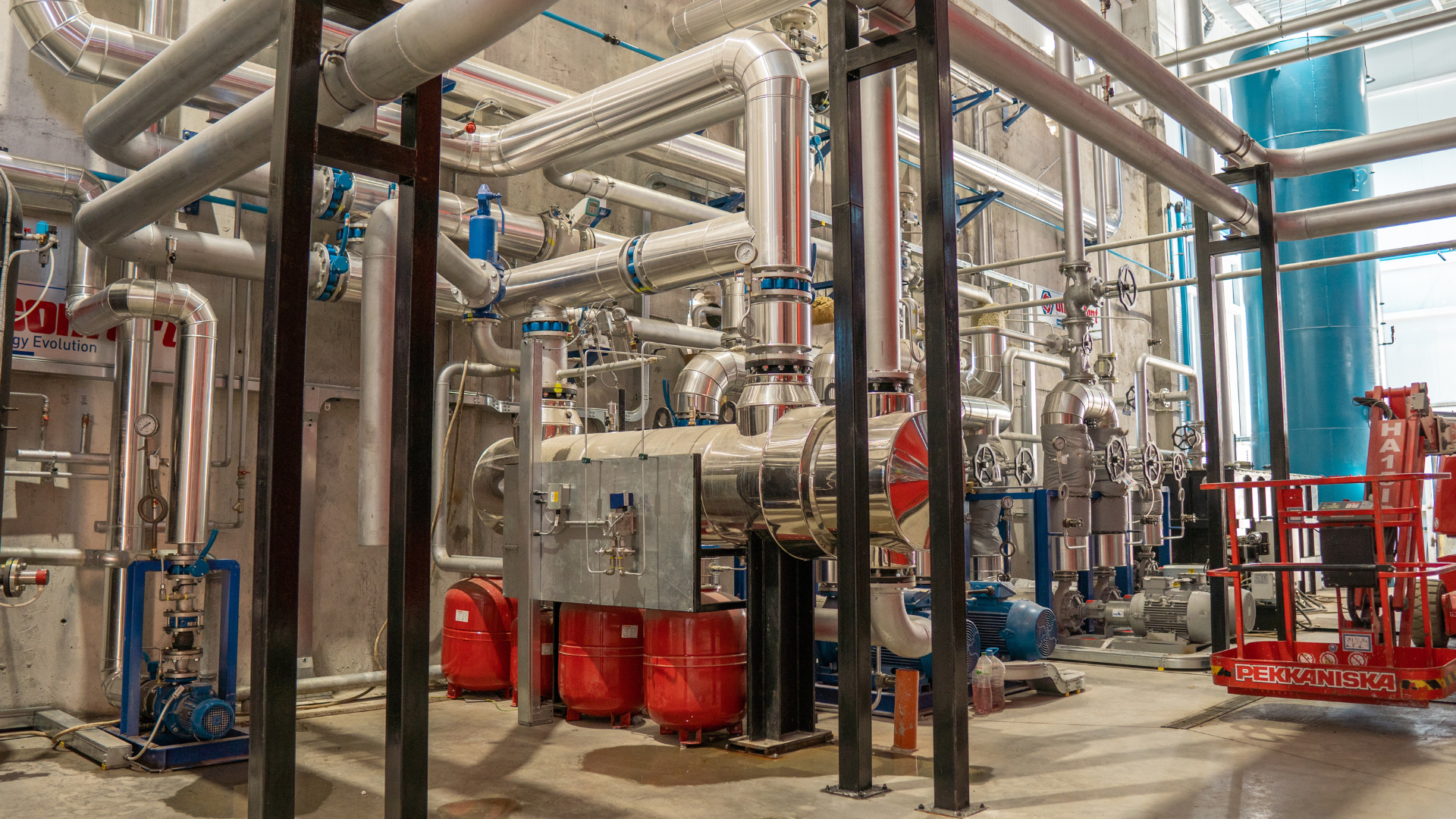 District heating is a valuable resource for Ukrainian municipalities. Upgrading networks and equipment, using environmental-friendly technologies will help enterprises carry out reforms and municipalities save money, improve the quality of heating supply and, as a result, earn money doing so and create jobs. More than half Ukrainian communities have preserved systems of district heating. But… Read more: How to preserve district heating was discussed in Zhytomyr
District heating is a valuable resource for Ukrainian municipalities. Upgrading networks and equipment, using environmental-friendly technologies will help enterprises carry out reforms and municipalities save money, improve the quality of heating supply and, as a result, earn money doing so and create jobs. More than half Ukrainian communities have preserved systems of district heating. But… Read more: How to preserve district heating was discussed in Zhytomyr - Heat pump as a sustainable solution for heating community buildings
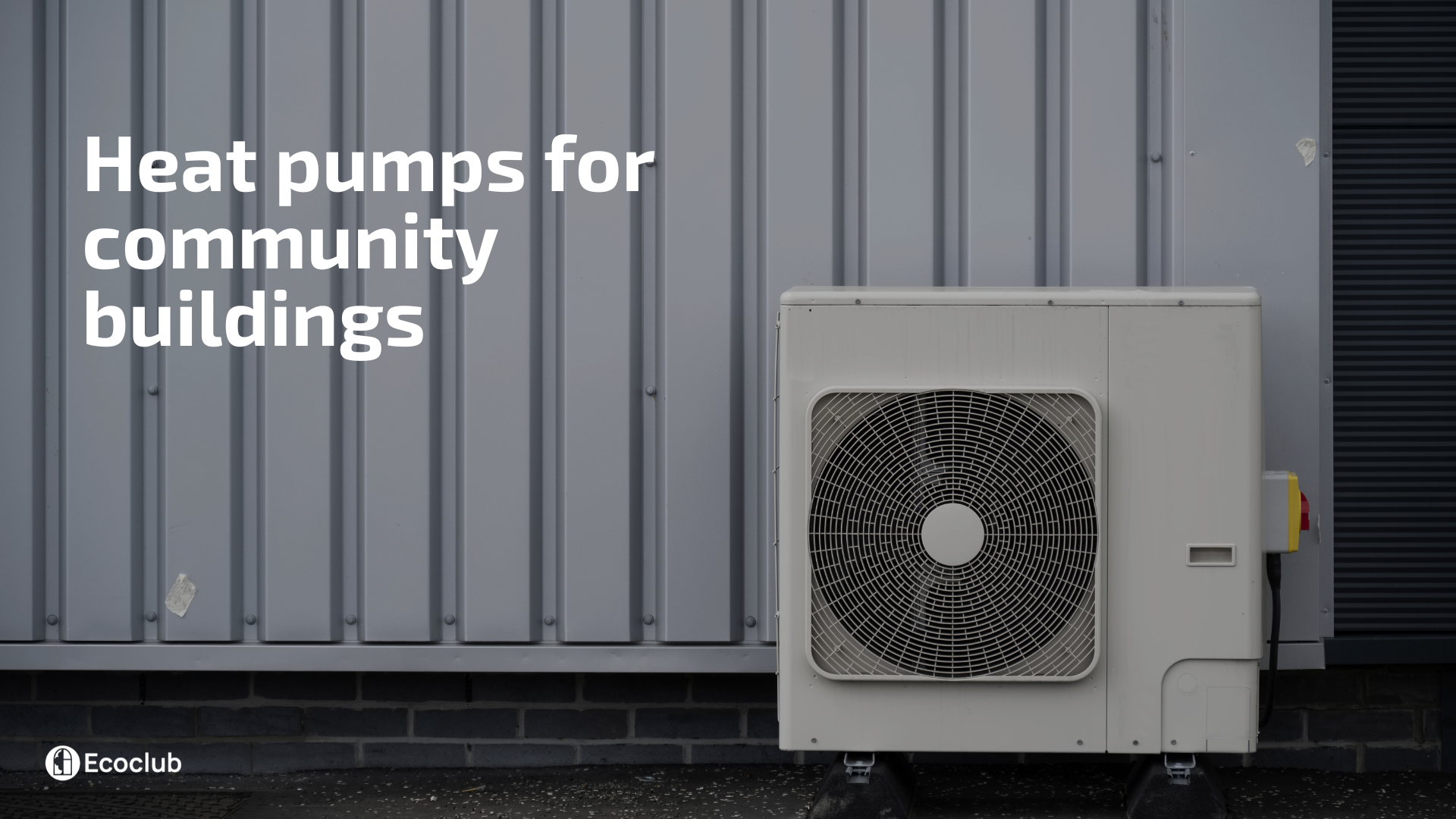 In the face of energy deficits and increasing electricity tariffs, municipalities need reliable, low-cost heating for public buildings. Heat pumps may become a solution that will work sustainably and safely for the environment. Read further about heat pumps’ work, which buildings are profitable for installation, and where municipalities can find money for such projects. What… Read more: Heat pump as a sustainable solution for heating community buildings
In the face of energy deficits and increasing electricity tariffs, municipalities need reliable, low-cost heating for public buildings. Heat pumps may become a solution that will work sustainably and safely for the environment. Read further about heat pumps’ work, which buildings are profitable for installation, and where municipalities can find money for such projects. What… Read more: Heat pump as a sustainable solution for heating community buildings - Medical facility in Rivne Region installs heat pump for continuous hot water supply
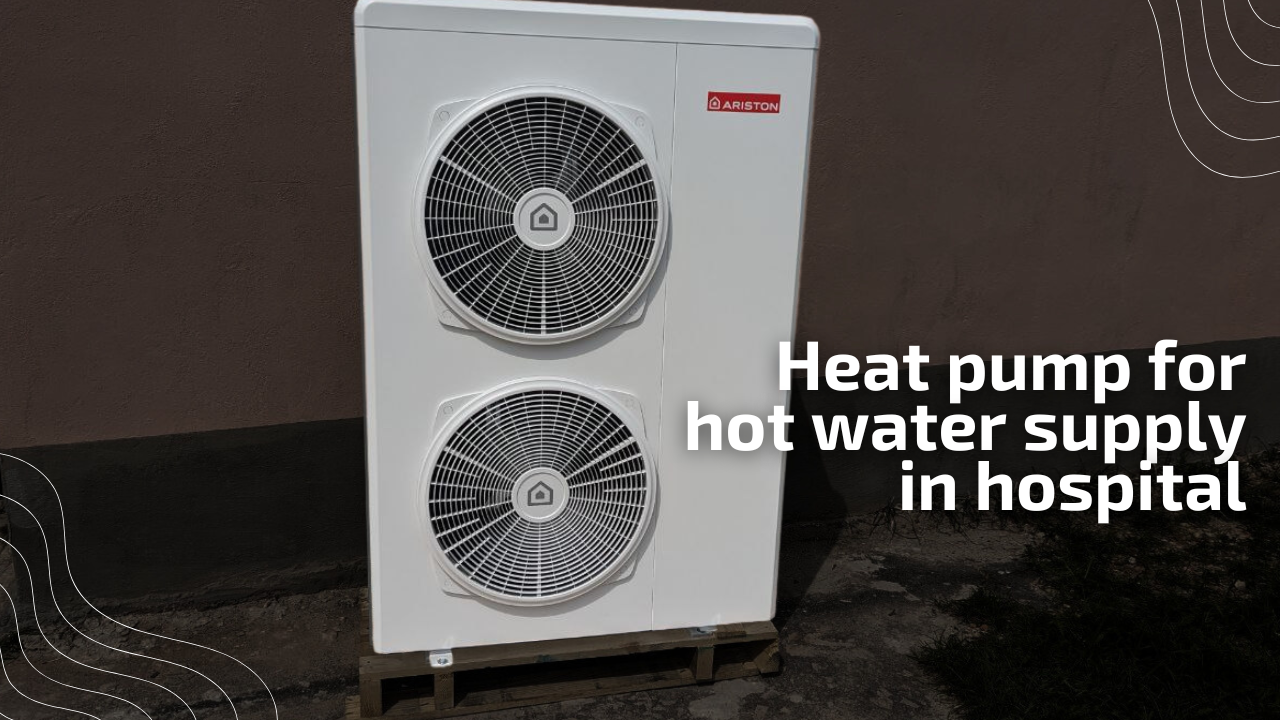 The Kostopil Multidisciplinary Hospital is installing a 16 kWh heat pump to address the inadequacies of the current hot water supply system. At present, hot water is provided by boilers, but their capacity falls short of meeting the hospital’s full needs. The new heat pump, powered by renewable energy, will ensure a continuous supply of… Read more: Medical facility in Rivne Region installs heat pump for continuous hot water supply
The Kostopil Multidisciplinary Hospital is installing a 16 kWh heat pump to address the inadequacies of the current hot water supply system. At present, hot water is provided by boilers, but their capacity falls short of meeting the hospital’s full needs. The new heat pump, powered by renewable energy, will ensure a continuous supply of… Read more: Medical facility in Rivne Region installs heat pump for continuous hot water supply - Conference: “District heating reform: the use of heat pumps”
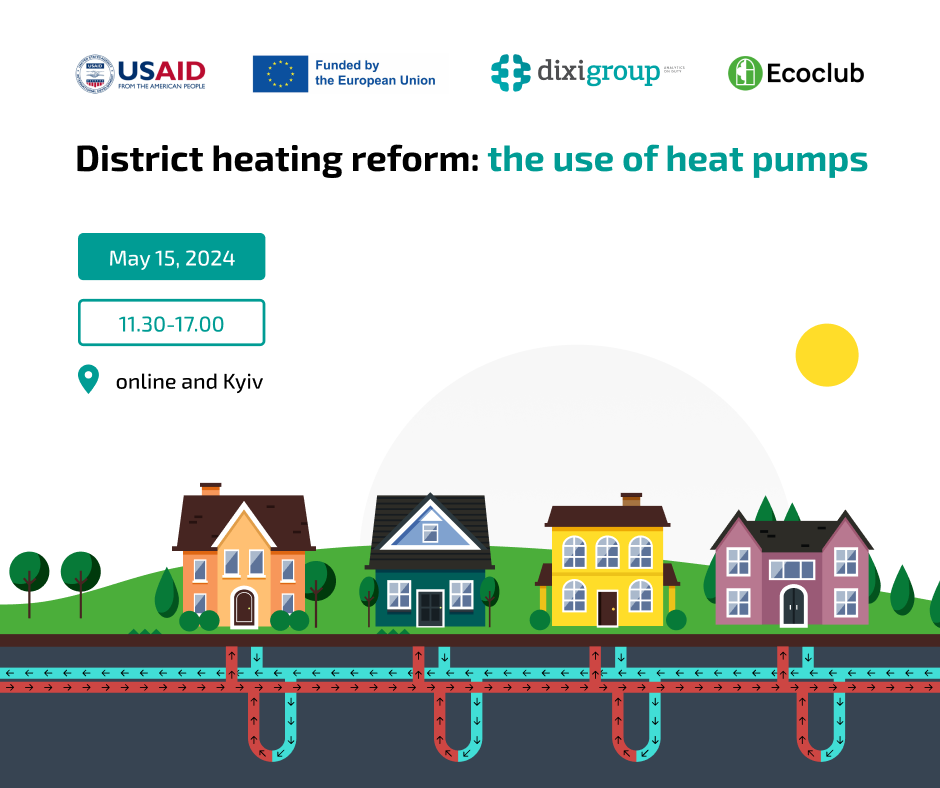 The number of district heating customers in Ukraine has halved in recent decades. This has been driven by imperfect government policies, a lack of proper maintenance, growing gas debts of district heating companies, and low tariffs. Consequently, this has led to worn-out networks with heat losses of up to 20-30%. Should Ukraine abandon district heating?… Read more: Conference: “District heating reform: the use of heat pumps”
The number of district heating customers in Ukraine has halved in recent decades. This has been driven by imperfect government policies, a lack of proper maintenance, growing gas debts of district heating companies, and low tariffs. Consequently, this has led to worn-out networks with heat losses of up to 20-30%. Should Ukraine abandon district heating?… Read more: Conference: “District heating reform: the use of heat pumps” - The development of renewable energy sources in municipalitiesis one of the steps to their security
 Ukraine’s post-war recovery must be based on green principles and sustainable development. Reconstruction in communities has already begun: municipalities are developing renewable energy sources (RES), increasing the reliability of the electricity supply. Therefore, it is necessary to create incentives for communities seeking to have their own RES generation and provide them with access to financing. … Read more: The development of renewable energy sources in municipalitiesis one of the steps to their security
Ukraine’s post-war recovery must be based on green principles and sustainable development. Reconstruction in communities has already begun: municipalities are developing renewable energy sources (RES), increasing the reliability of the electricity supply. Therefore, it is necessary to create incentives for communities seeking to have their own RES generation and provide them with access to financing. … Read more: The development of renewable energy sources in municipalitiesis one of the steps to their security











